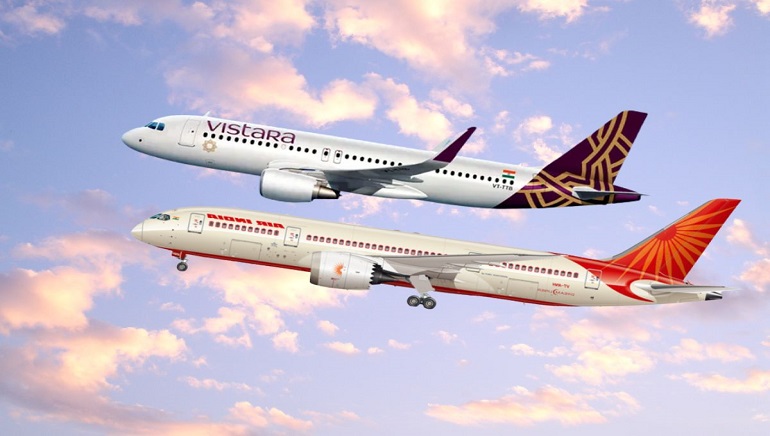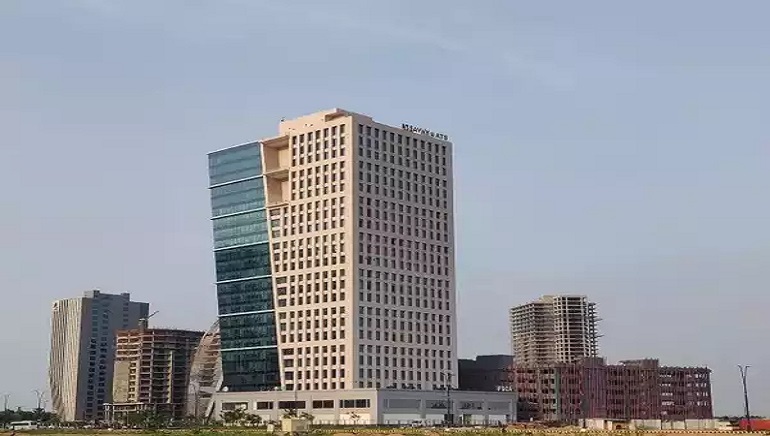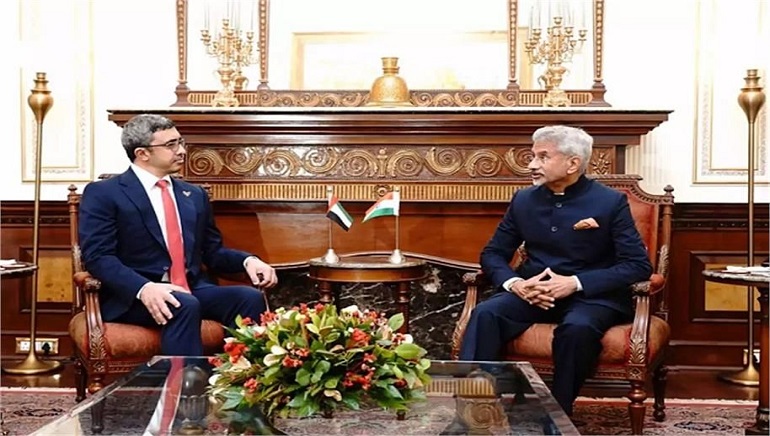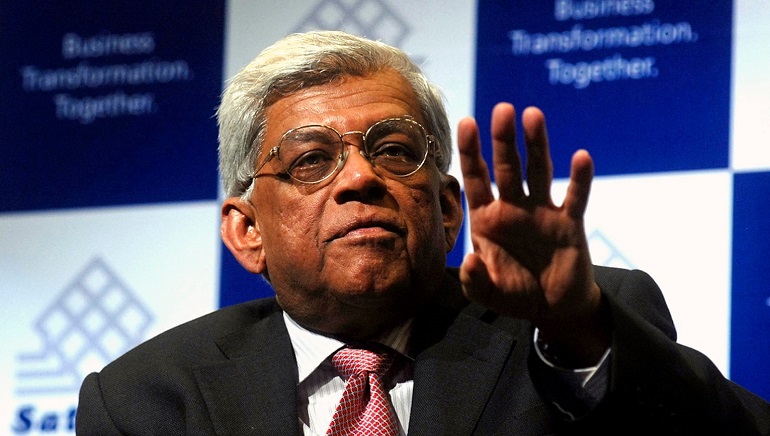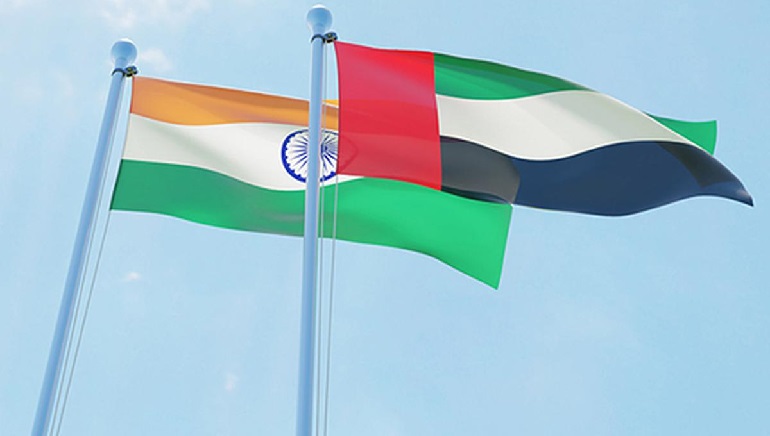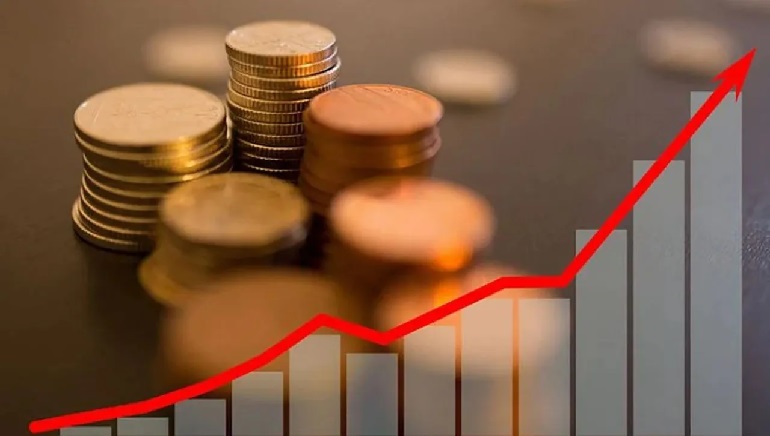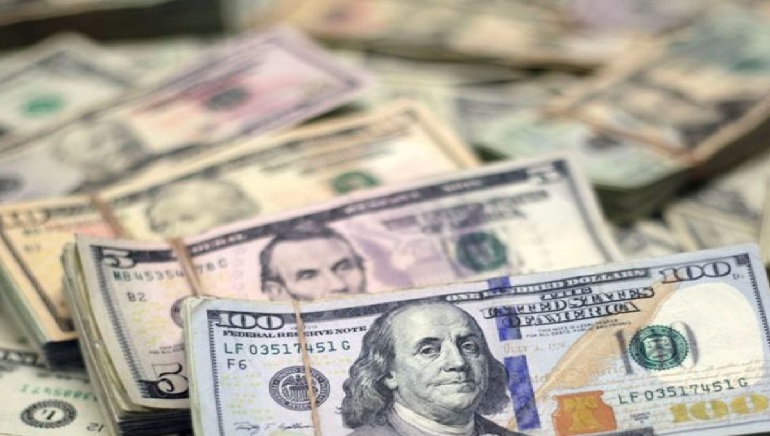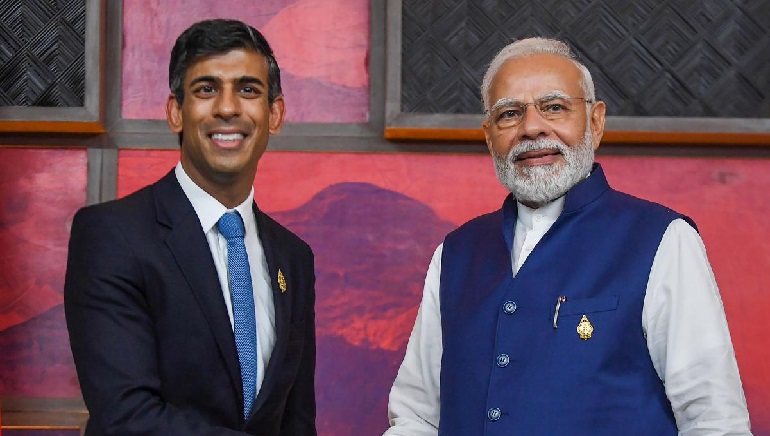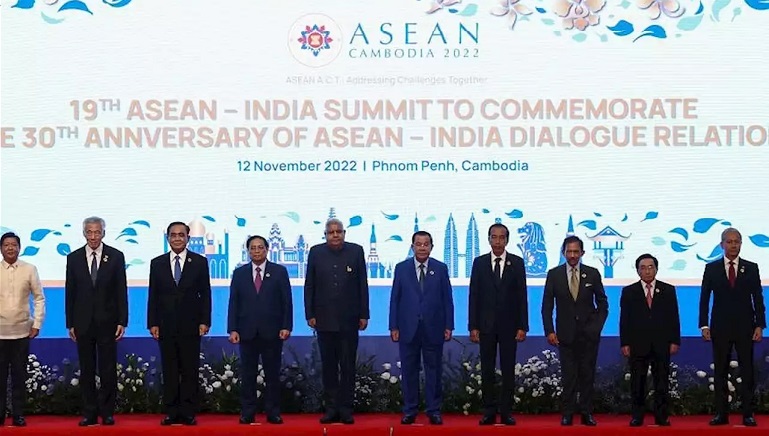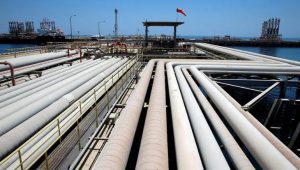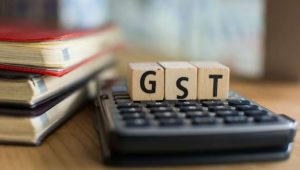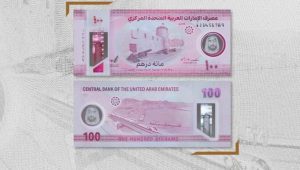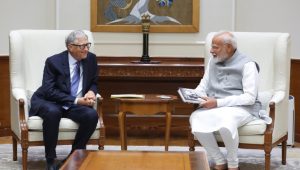The Tata Group on Tuesday announced the merger of its two airlines Vistara and Air India. With this consolidation, Air India will be India’s leading domestic and international carrier with a combined fleet of 218 aircraft, making it the largest international carrier and second-largest domestic carrier in the country.
Vistara is a 51:49 joint venture between Tata Sons and Singapore Airlines Limited. The airline was established in 2013 and is India’s leading full-service carrier with international operations in the Middle East, Asia and Europe.
As part of the merger transaction, Singapore Airlines shall also invest Rs 2,059 crore in Air India. Post the consolidation, Singapore Airlines shall hold 25.1 per cent shareholding in Air India. The transaction is estimated to be completed by March 2024.
Air India, an airline fully-owned by Tata Sons, has been the flag carrier of India. Tata Sons, via its fully-owned subsidiary Talace Private Limited or Talace, had acquired 100 per cent stake in Air India on January 27, 2022. After the merger, Air India’s fleet strength will grow to 218, second only to IndiGo’s 279. The consolidation is part of Tata groups’ strategy to bring its airline business under one roof.





